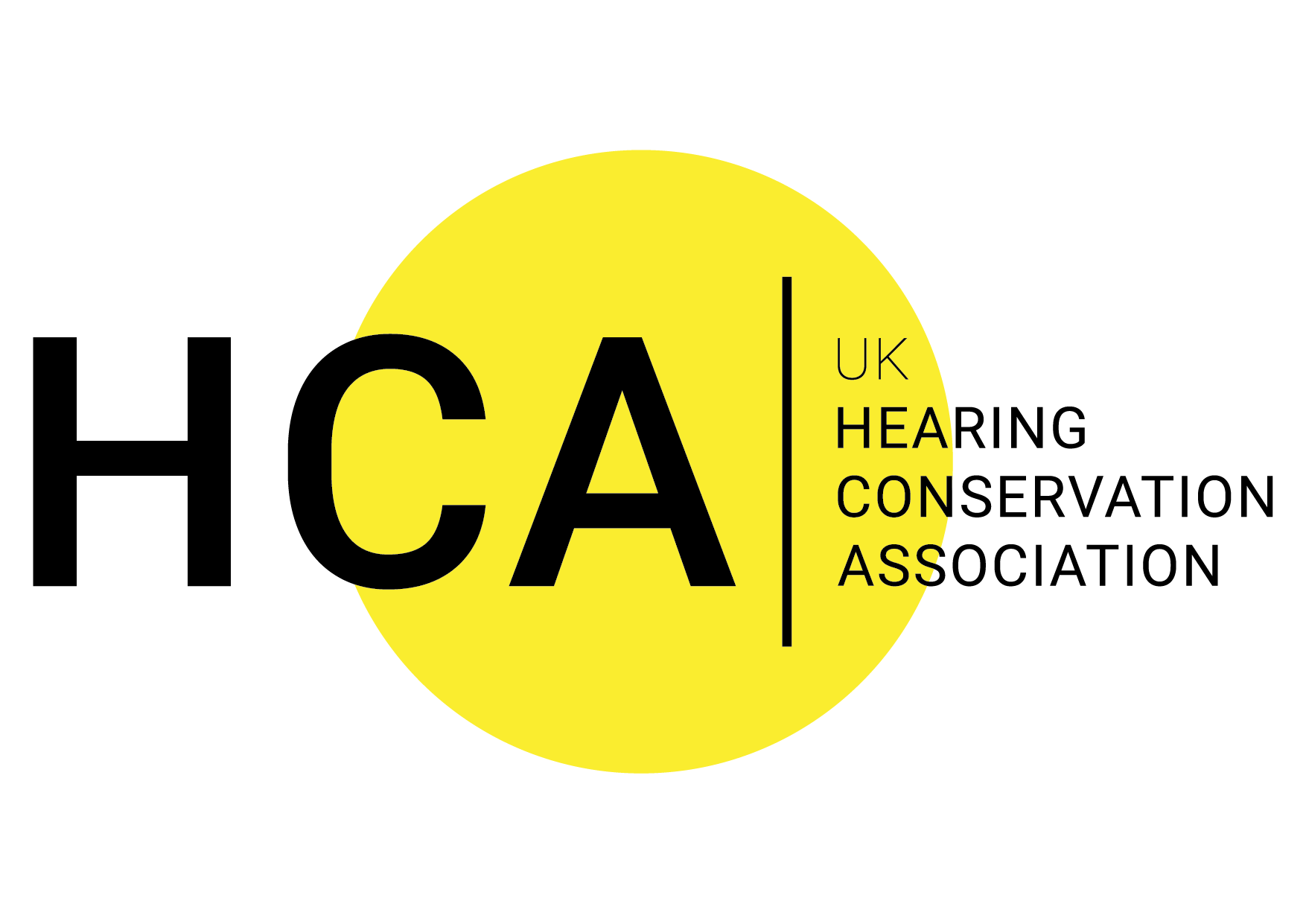The story of Helen Keller is an inspiring one. Born in 1880, she lost her sight and hearing after a bout of illness at the age of just 19 months. Despite this, remarkably she became an author, disability rights advocate, political activist, and lecturer and said of her disability that “blindness separates people from things, but deafness separates people from people”. The Covid pandemic, rather like deafness, has also separated people from people but ironically it is (enforced) separation which has been part of the mitigation to fight transmission of the disease, particularly in the workplace.
Keeping a safe distance apart while at work may well have highlighted that you might have a ‘noise problem’. The simple test is, do you have to shout to communicate face-to-face at 1m? There are of course more scientific methods for noise measurement, namely the sound level meter and personal noise dosimeter from companies like UKHCA member Casella, but these can’t yet be deployed at large scale, on a continuous basis. Wearable technology and connectivity of data to the cloud does offer that possibility and we are seeing such developments already in gas detection and lone worker protection systems. It’s only a matter of time.
The occupational disease of noise induced hearing loss (NIHL), caused by repeated exposure to high noise in the workplace, also has pandemic-like qualities in that it is a global problem and potentially effects a large proportion of the working population; 1 million in the UK, 30 million in Europe and 20 million on the USA are regularly at risk due to high noise. Sectors like construction, manufacturing and shipbuilding are easy to equate with a noisy workplace but noise is even a problem for performers in the music industry and for audiences alike (although they are ‘at play’ and not at work). Fellow member Minuendo, have some novel hearing protection solutions aimed at this particular application.
Hearing protection is often the first port of call but in terms of the hierarchy of controls, is the least effective solution requiring the most supervision. The UK HSE [1] even went as far as saying that for many employees, hearing protectors offers no protection whatsoever! And yet there has been a drive within the PPE industry for more hearing protector performance through inexorably higher SNR values; this single number rating may be used to estimate the noise level at the ear when wearing the said hearing protector. Potential over-protection is equally as bad as under-protection as noise consultant member Satish Lakhiani has blogged, because the wearer may lose situational awareness, which may become an acute safety issue if the worker can’t hear oncoming vehicles or warnings, for example. Again, companies like Eave are using Smart hearing protection (hear through) methods to improve situational awareness.
Focussing on the construction sector, in a recent podcast on noise and hearing health [2], UKHCA founder, Clare Forshaw summarised nicely in three takeaways, namely: –
- Change attitudes to noise exposure and recognise it as a significant health, safety, and wellbeing issue; the HSE have previously researched this [3]
- A plea to the construction industry to accept noise as a health risk and challenge the sector to do more
- Move away from the “bottom” of the hierarchy of controls i.e., design noise out
NIHL is the most common, and oldest recognised occupational disease and yet, is wholly avoidable through suitable control measures. The UKHCA and its contributing members are passionate about changing the status quo!
References
- HSE Research Report RR720, Real world use and performance of hearing protection.
- Health In Construction Episode 1 Video Podcast – YouTube
- HSE Research Report RR028, Behavioural studies of people’s attitudes to wearing hearing protection and how these might be changed.
Neal Hill
One Plus One Consulting Ltd

Recent Comments